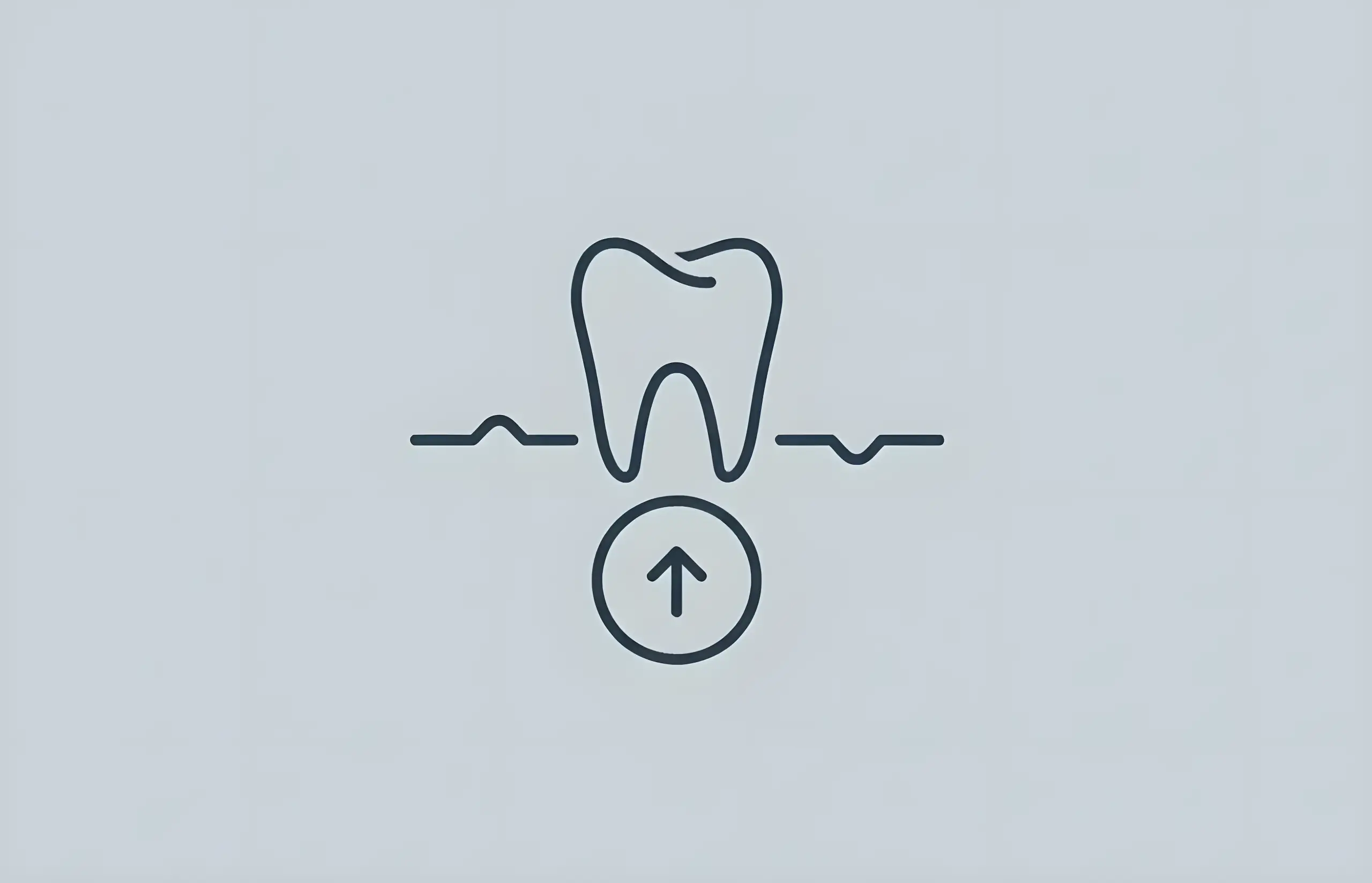It will take you just 2 visits to the dentist's office to bring out that dazzling smile with Lumineers. Different from traditional veneers, you will not undergo shots, extensive drilling, or those ugly acrylic temporaries. Prior to having your Lumineers finally bonded into place, it is recommended that you first try them on to make sure they are an excellent fit.
Cost Implications
What Lumineers or indeed any other enhancement procedure costs ought not to deter you from finally realising that smile you've wanted all those years. The enhancement field has become so competitive that you will be surprised at the reasonable rates you may find. For your situation, schedule a cosmetic dentistry consultation with your dentist and enquire what he suggests that will give you that smile you deserve. This consultation is free for most dentists.
Procedure
During your first visit your dentist examines your teeth and gums to ensure you are an ideal candidate to have Lumineers. Pictures and X-rays of your teeth are taken. He or she then makes a mould of your teeth to determine precisely what you require. In the cosmetic dentistry laboratory, your Lumineers will be created especially for you. Your second visit will be in approximately 2 to 3 weeks. This gives the lab sufficient time to produce your Lumineers.
At your second visit, your dentist will first confirm that your new Lumineers fit perfectly. Once you confirm you are satisfied with both the fit and appearance of your smile, they are permanently bonded. And that's really all there is to it.
Advantages
Lumineers are made from a patented kind of porcelain manufactured by the DenMat company. DenMat's Cerinate porcelain is especially formulated to mimic that shiny, iridescent quality of natural tooth enamel. This porcelain is so thin it's like a contact lens yet strong enough to hold up under the biting forces of normal chewing.
A traditional veneer necessitates the removal of about 0.5mm of your tooth structure. With Lumineers, no removal is required. To most people, this is a very important advantage because tooth enamel cannot be changed. When it's gone, it's gone forever, possibly leaving you susceptible to further dental conditions. Lumineers can sometimes be extracted. It may well be that you can return your teeth back to their original condition if you change your mind later about keeping your Lumineers.
With Lumineers, you won't have an unpleasant interim period waiting for your new smile. With traditional veneers, you will experience lots of tooth sensitivity while wearing the hideous temporary veneers. In addition to that, they are uncomfortable.
That's a situation that calls for more than one shot of anaesthetic. You won't need that with Lumineers. In the majority of cases, no drilling or shots are required. You can forget about experiencing a lot of pain.
Time to Shine
Although the teeth may ache a little as they adjust to the Lumineers, which is completely normal, discomfort should be pretty minimal, and you get to go on with your regular daily routine. You'll be able to eat and drink normally as it takes about 24 hours for the Lumineers to be completely bonded to your teeth.
Once your new smile settles in, with proper care, your Lumineers can last for even 20 years. Keep in mind that Lumineers are still as susceptible to damage from sticky or hard food as regular teeth, so take good care of them. So while you may not have to worry about tooth decay, you will want to maintain good oral hygiene to ensure healthy gums, healthy remaining tooth structure, as well as healthy Lumineers. Another point to remember is that Lumineers are permanent. After they are bonded on you can't change your mind.
Lumineers Teeth Cost
One of the wonderful things about Lumineers is that you only need them on the teeth that are visible when you smile. Just changing those teeth can dramatically improve your overall appearance. Although every case is different, people generally require somewhere between 6 and 8. The cost to the person can vary from approximately £500 to £1,300 per tooth. Depending on where you go, it could be less. By doing some research, you will find a dental practitioner that fits your budget.
Keep in mind that you can perhaps get some assistance from your dental insurance, and many dentists even offer payment programs for larger types of work.
Dental Tourism
Think about making a trip out of it by getting Lumineers abroad. Many countries offer all-inclusive dental vacations. Believe it or not, dental tourism is big business around the globe. And an international holiday provides the added benefit of an exotic retreat and a beautiful new smile. You can go to places such as Turkey, Budapest in Hungary, Poland, Mexico, and even Costa Rica, or anywhere else you might want to go while saving loads of cash.
Conclusion
Whatever you decide, obtaining a beautiful smile doesn't have to drain your wallet to finally get it. Lumineers technology has significantly advanced cosmetic dentistry making the dream smile attainable for far more people. And maybe best of all, it's painless.
Sources and References
-
[1]
Clinical longevity and trend analysis of 801 ultrathin ceramic veneers: A clinical cohort studyJournal of Prosthetic Dentistryhttps://pubmed.ncbi.nlm.nih.gov/35636985/
-
[2]
Conventional Versus Minimally Invasive Veneers: A Systematic ReviewCureushttps://pmc.ncbi.nlm.nih.gov/articles/PMC10548404/
-
[3]
Clinical Success Evaluation of Ultrathin Ceramic Veneers Bonded to Nonprepared Teeth: An Observational Prospective Cohort StudyCureushttps://pubmed.ncbi.nlm.nih.gov/39246643/
-
[4]
Clinical application and effective assessment of cerinate porcelain laminate veneersChinese Medical Journalhttps://pubmed.ncbi.nlm.nih.gov/12609099/
All sources accessed and verified on . Medical information reviewed for accuracy and compliance with current guidelines.
Related Articles
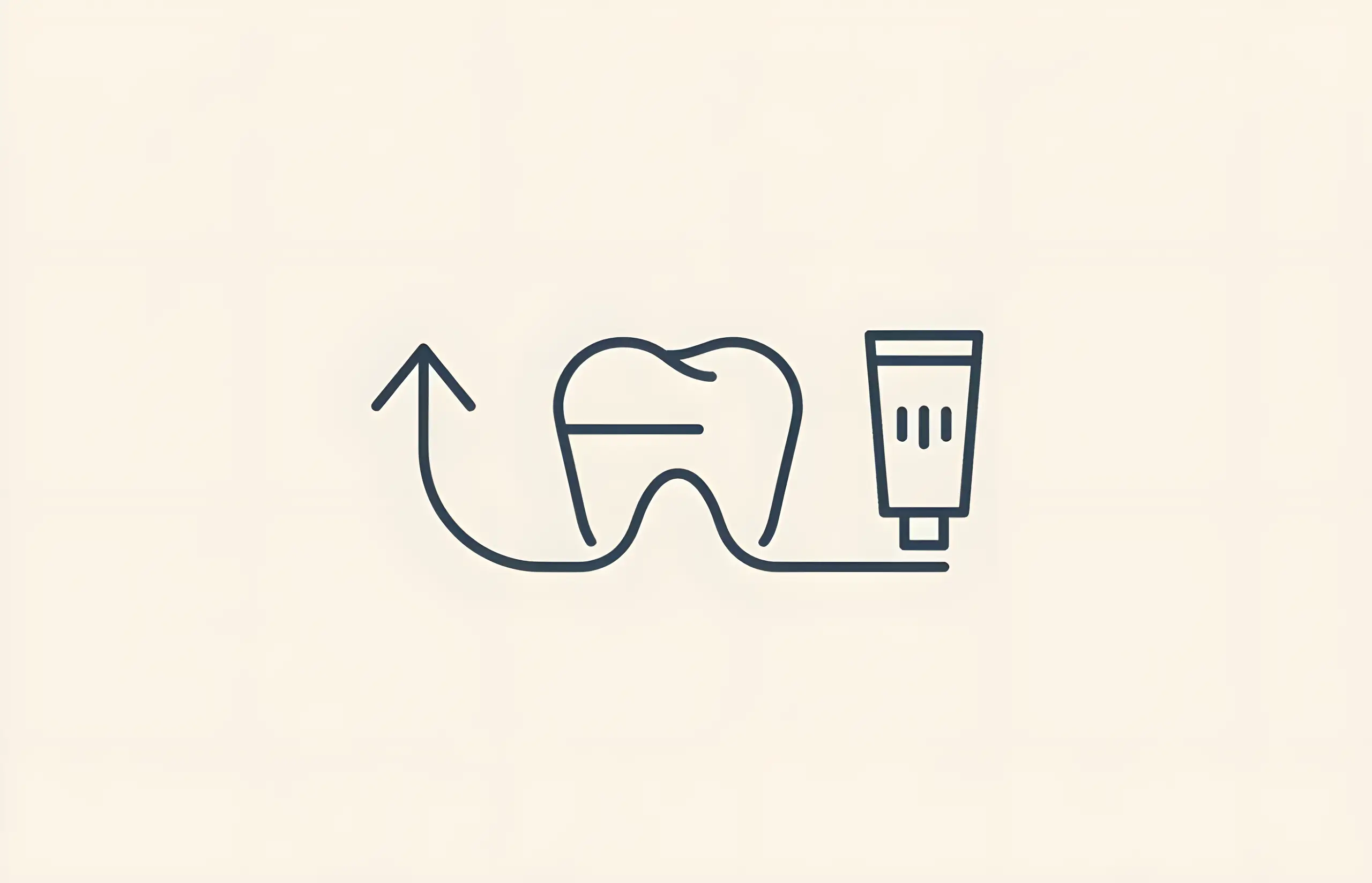
Choosing the Best Toothpaste for Veneers
Comprehensive guide to selecting toothpaste for veneers, understanding RDA values, avoiding abrasive ingredients, surface roughness concerns, and proper oral care techniques

Can Temporary Veneers Cause Pain?
Complete guide to temporary veneers including why they may cause discomfort, the procedure involved, preventive measures, and what to eat while wearing them

Can You Whiten Veneers?
Comprehensive guide to veneer whitening, why porcelain veneers resist bleaching, stain removal options, color matching strategies, and maintenance tips

A Guide to Composite Resin Veneers
Comprehensive information about composite resin veneers, including their uses, procedure, longevity, and how they compare to porcelain veneers

Should You Get Crowns or Veneers for Your Front Teeth?
Comprehensive guide comparing dental crowns and veneers for front teeth, including materials, uses, preparation requirements, longevity, and cost considerations

Should You Get Crowns or Veneers?
Comprehensive guide to choosing between dental crowns and veneers, including clinical indications, contraindications, insurance coverage, and decision criteria for optimal treatment outcomes
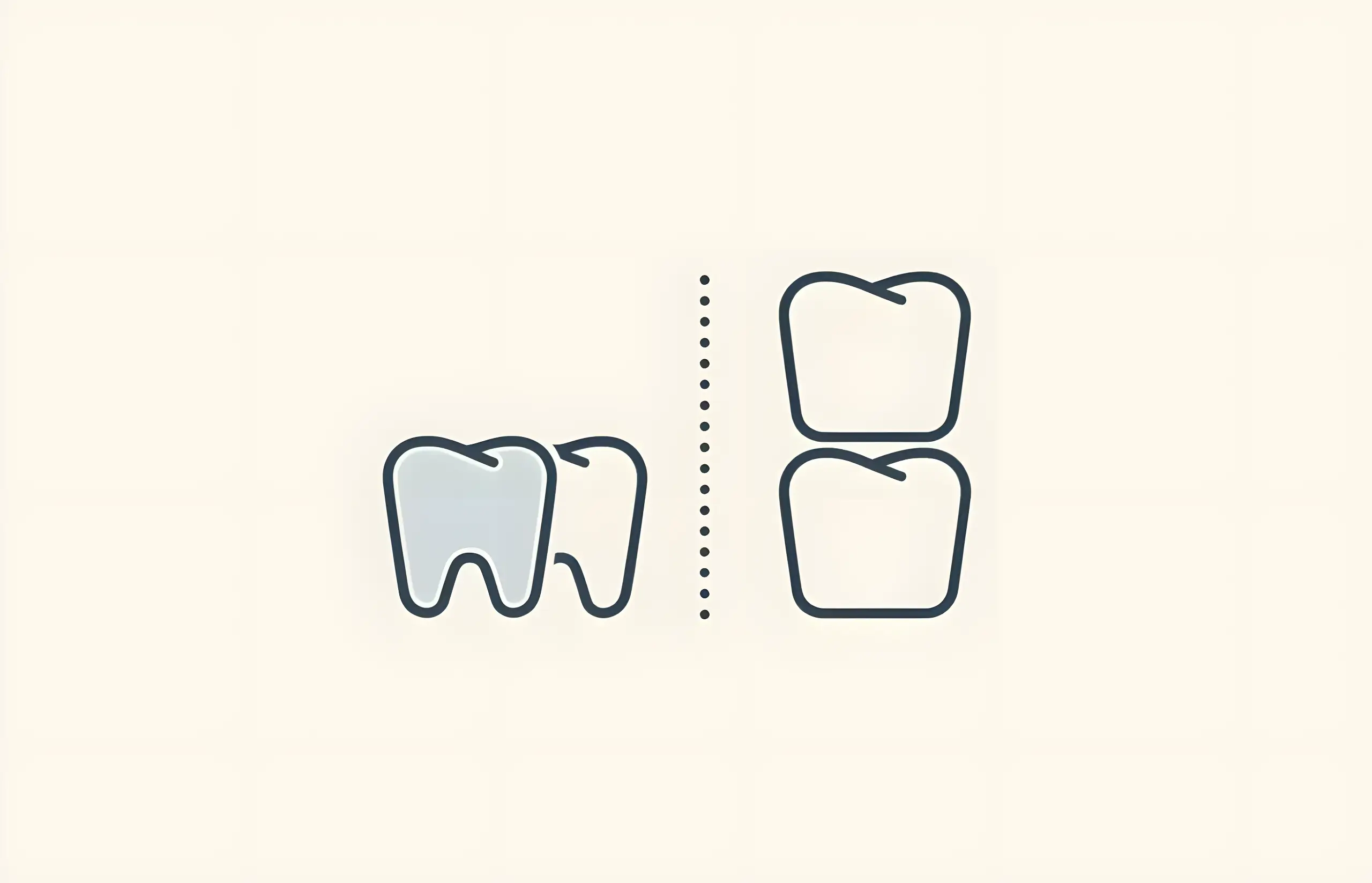
Dental Veneers – Before and After Pictures
Comprehensive guide to dental veneers transformation results, patient satisfaction rates, aesthetic outcomes, smile makeover success, and clinical evidence from before and after studies
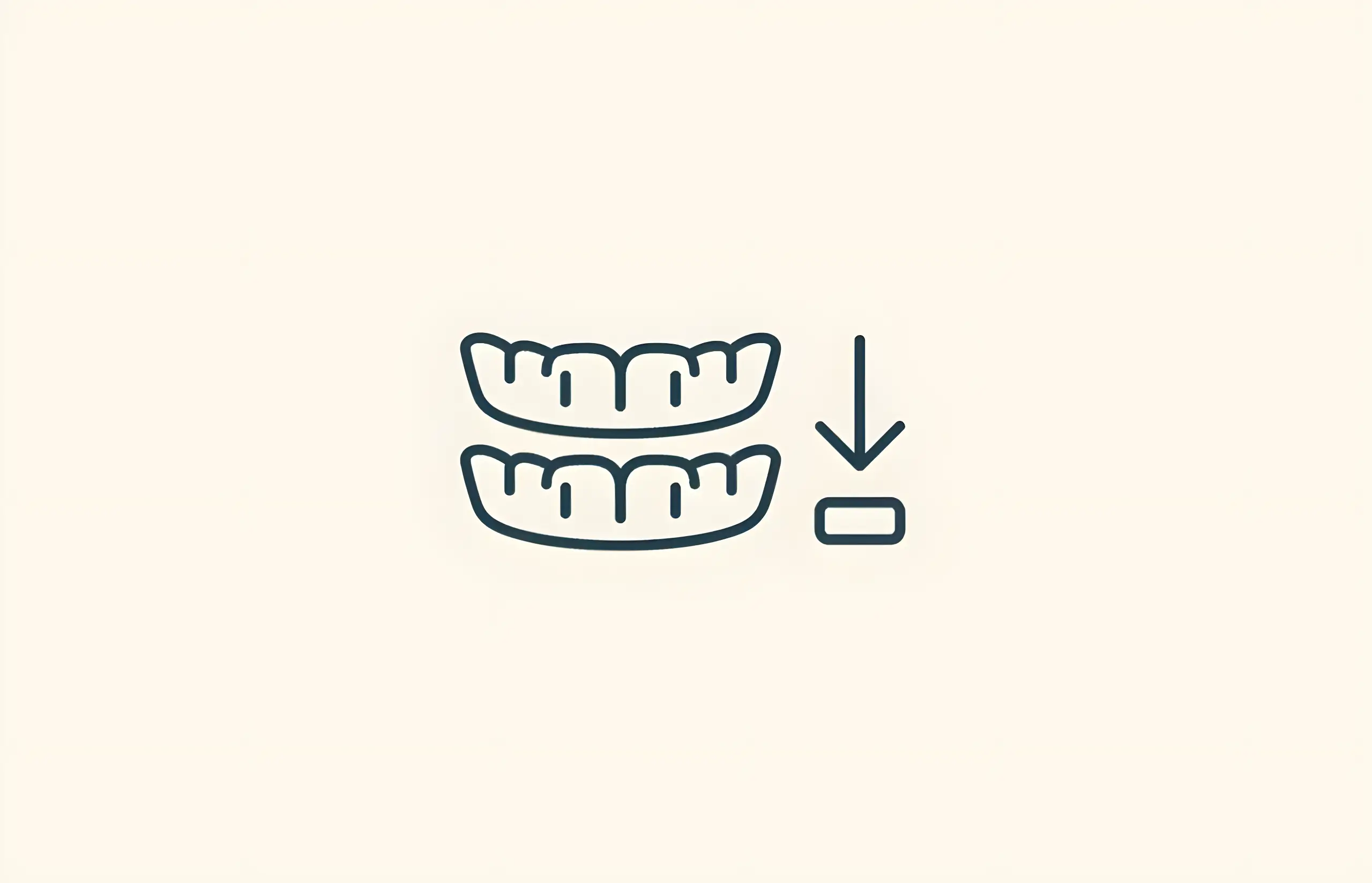
Do It Yourself Veneers – Removable Veneers For Your Teeth
Comprehensive guide to DIY removable veneers (snap-on, clip-on veneers) including costs, risks, user satisfaction rates, safety concerns, and comparison with permanent dental veneers

Do Temporary Veneers Look Bad?
Complete guide to temporary veneer appearance, materials (PMMA, bis-acryl), aesthetic outcomes, patient satisfaction, complications, and what to expect during the provisional phase

Eating With Veneers
Complete guide to dietary considerations with veneers including foods to avoid, staining resistance (coffee most problematic), fracture risk, care tips, and maintaining your investment

Instant Veneers – Costs and Information
Complete guide to instant veneers including prefabricated composite veneers, how they work, costs, and comparison with traditional porcelain veneers

Lumineers vs Porcelain Veneers
Comprehensive comparison of Lumineers and traditional porcelain veneers, including differences, costs, longevity, and which option is best for your smile

No Prep Veneers – Costs and Information
Complete guide to no-prep veneers including Lumineers and Vivaneers, covering costs, benefits, who can have them, and how they compare to traditional veneers

Press On Veneers – Costs and Information
Learn about snap-on veneers including costs, how they work, longevity, care instructions, and whether they're a worthwhile alternative to permanent veneers
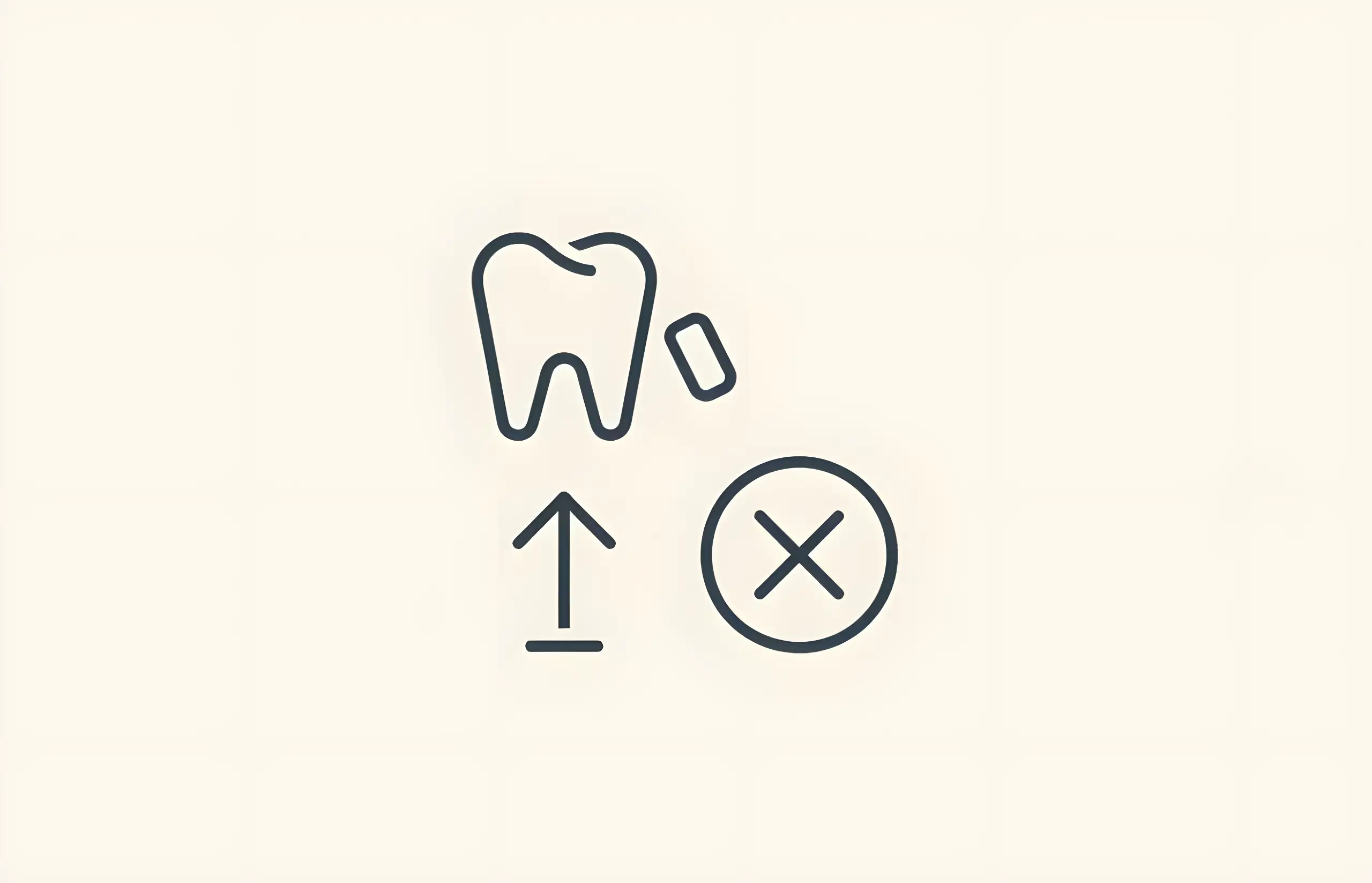
What To Do If Your Temporary Veneers Are Falling Off
Essential guide to protecting temporary veneers: what they are, foods to avoid, and when to see a dentist if they become loose or fall off

Can You Put Veneers Over Crowns?
Comprehensive guide to placing veneers over crowns, why it's generally not recommended, bonding challenges, crown survival rates, and alternative treatment options

What Can't You Eat with Veneers?
Learn about dietary restrictions for veneers including foods to avoid with temporary and permanent veneers, staining risks, and tips for protecting your investment
About The Dental Guide
The Dental Guide is a trusted online resource providing evidence-based information about dental health, treatments, and procedures. Our content is created and reviewed by qualified dental professionals to help you make informed decisions about your oral health.
Our Mission
- Evidence-based dental information
- Expert-reviewed content
- Clear, accessible explanations
- Latest treatment options
- Patient-focused guidance
Editorial Standards
- GDC-registered dental professionals
- Peer-reviewed sources
- Regular content updates
- Medical accuracy verification
- Transparent authorship
Important Notice
The information on The Dental Guide is for educational purposes only and should not replace professional dental advice. Always consult with a qualified dentist for diagnosis and treatment recommendations tailored to your individual needs and circumstances.
Medically Reviewed
Reviewed by Dr. Nasim Mechoui , BDS (Bristol)
Share this article
Comments & Discussion
Have questions about dental implants? Share your thoughts or experiences.
